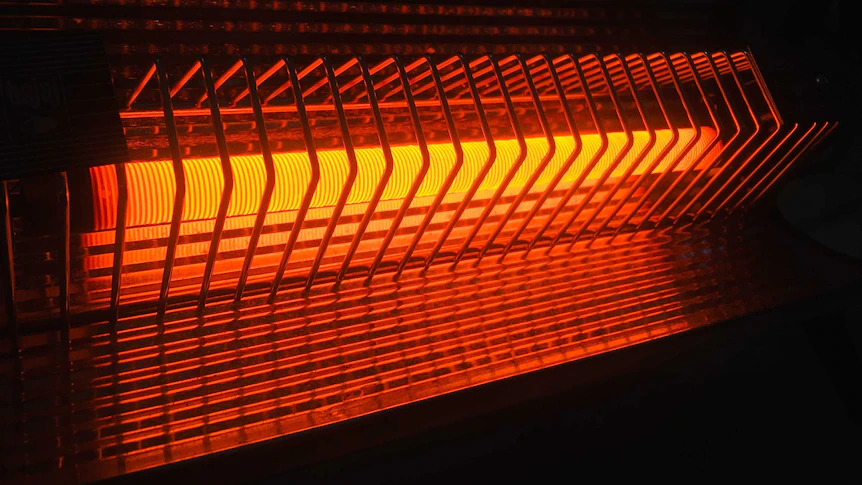Tag Archives: photoelectric smoke alarm
Debunked! 10 Controversial Common Myths About Wireless Interconnected Smoke Detectors! (Part 2 Of 2)
Wireless interconnected smoke detectors are essential safety devices, but misinformation often keeps people from making the best choice...
Winter’s 5 Hidden Dangers: Are Your Interconnected Fire Alarms Ready For Action?
With the onset of Australia's winter season, the drop in temperature naturally means we turn to heaters, fireplaces, electric blankets ...
Cleaning And Testing Your ZEN Smoke Alarms!
Learn how to test and clean your ZEN interconnected photoelectric smoke alarms to maintain their peak performance for a full 10-year li...
Discover Why ZEN Smoke Alarms Are The No.1 Choice – The Best Smoke Detectors Australia Has To Offer!
There are several important differences between ZEN wireless interconnected photoelectric smoke alarms and conventional smoke alarms th...




